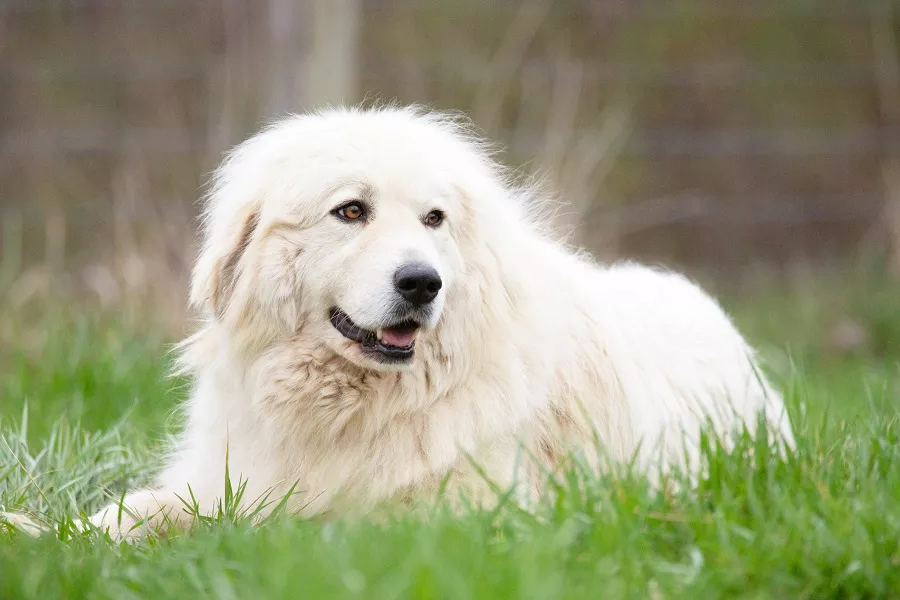Dog Cage Guide Dog crates are a great tool during puppyhood and beyond. Dogs love den-like spaces that keep them warm and safe. A dog crate provides a safe place for your puppy to sleep or rest. Since dogs don’t like to urinate where they sleep, dog crates are great for potty training. They can also be a handy place to be when you can’t stare at your pup like an eagle. Dog cages are also great for travel, both as a safe place to travel by car or as a safe place to sleep at a hotel or a friend’s house at night. When choosing a dog crate, consider the size and style of the crate. Your needs will vary depending on the age of your dog and the purpose for which you intend to use the crate.
First, the style of the dog cage Dog cage style dog cages are generally plastic, wire or canvas. Plastic dog crates are lightweight, durable and easy to clean. Metal crates are also durable and easy to clean, but metal crates are heavy because they are made of metal. Wire crates stay cooler than plastic crates; they provide a lot of airflow, but they’re not like “nests,” with all four sides exposed. Canvas and mesh crates are lightweight and offer more privacy than wire crates. However, if your dog has an accident inside, they can be difficult to clean. If you’re going to have a crate for toilet training your puppy, choose one that’s easy to clean. If you want a travel crate, look for a lightweight or collapsible crate. If you want a dog crate for older dogs to sleep or rest, just about any type will do.
Second, the size of the dog crate The dog cage used for toilet training should be large enough to allow the puppy to stand up, turn around and lie down. Older puppies can defecate on one end and sleep on the other, which defeats the purpose. Some kennels have dividers so you can divide the puppy into smaller spaces and gradually increase its size when the puppy is young. For adult dogs, choose a cage that is at least large enough so your dog can stand up, turn around, and lie down. If the cage is a bit larger than this, your dog will have more room to stretch out, but if the cage is too large, it may lose its litter-like appeal.
3. Where to put the dog crate If you only have one dog crate, keep it in a quiet spot in the living room or kitchen during the day so your dog can feel comforted by your nearby presence. Move it to your bedroom at night so you can hear if your dog needs to go to the bathroom or is sick. You might consider buying two cases, one for the day and one for sleeping in the bedroom at night.
Fourth, how to assemble a dog cage Plastic dog boxes are usually assembled. You may need to attach the door, or attach the top and bottom – the process is simple, just follow the manufacturer’s instructions. Trolley cases often collapse completely and may require assembly. The canvas crates may arrive folded, but they are easy to place. Always set up your dog crate according to the enclosed manufacturer’s instructions. Once your crate is assembled and ready, make it a comfortable and comfortable space for your dog. Put a pad (cushion) or soft blanket on the bottom and add some of your dog’s favorite toys. If the crate is open like a wire crate, you may want to layer the crate with a blanket, sheet, or towel to make it darker, quieter, and warmer.
5. How to Fold a Dog Cage Wire crates and some canvas crates can be folded flat for easy storage or travel. Plastic crates can be disassembled so the top and bottom halves can be separated, but these types of dog crates cannot be folded flat. Every dog crate is a little different, so always follow the instructions on the crate. If you don’t have the instructions, or your crate doesn’t come with the instructions, call the manufacturer or visit their website for specific instructions for removing the crate. Most dog crates have tags or latches that allow you to separate the sides of the crate from the top and bottom of the crate. Plastic dog cages have latches or screws; unfasten them to separate the top and bottom. Be sure to remove the crate’s mats, blankets, toys, and anything else before dismantling the crate.
6. Correct use of dog cages Dog cages should not be used to hold puppies all day long. Puppies can stay in the cage for a short period of time each day – usually an hour each day – but need to be released to use the toilet, eat, drink and play. Older dogs can stay in a cage for longer, but never allow any dog to stay in a cage for more than six hours. Puppies can stay overnight in a dog crate.
Reminder: For more knowledge about dog feeding, dog training, dog grooming, dog breeding, please pay attention to: mtedr.com, providing you with different kinds of dogs.


























